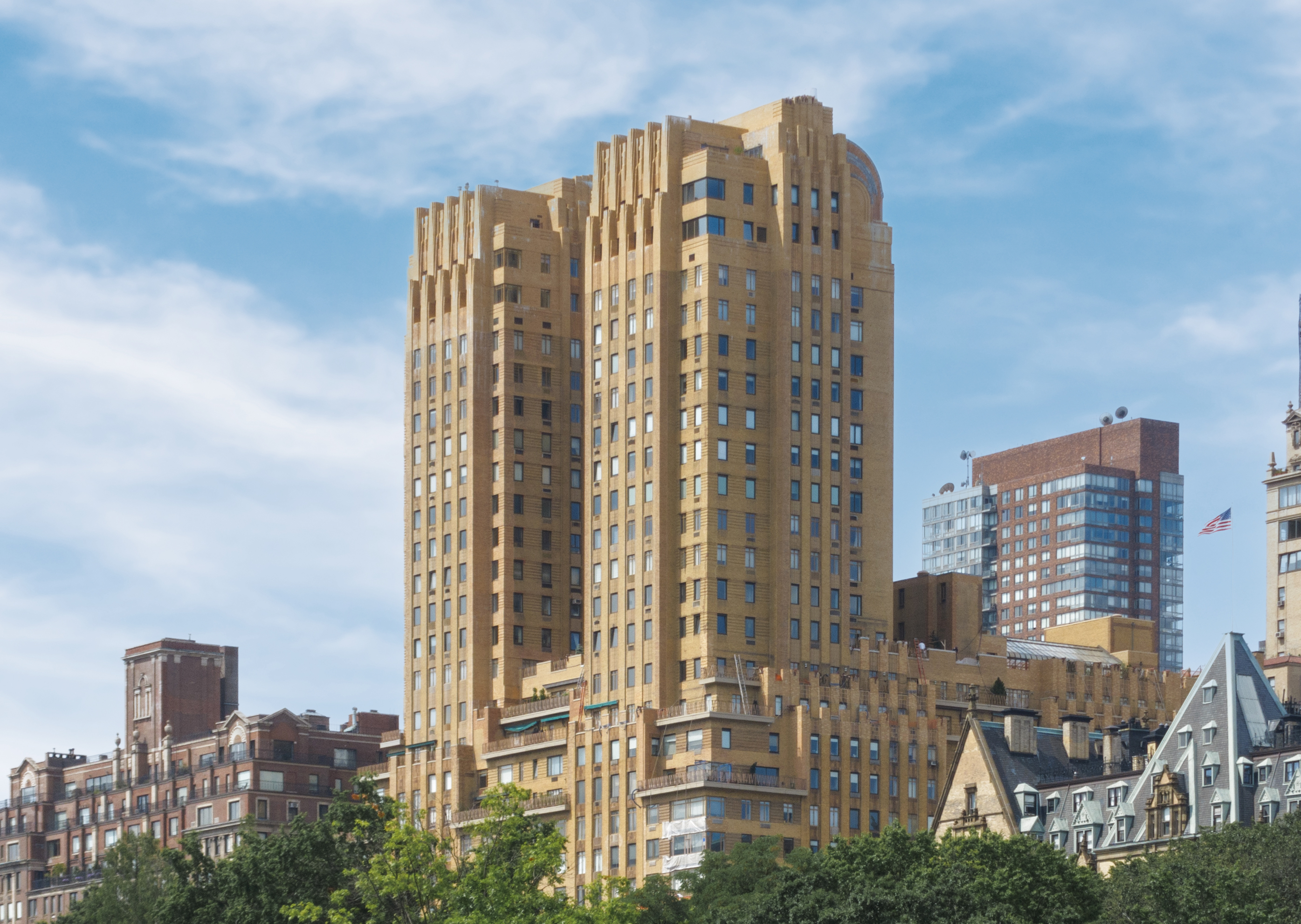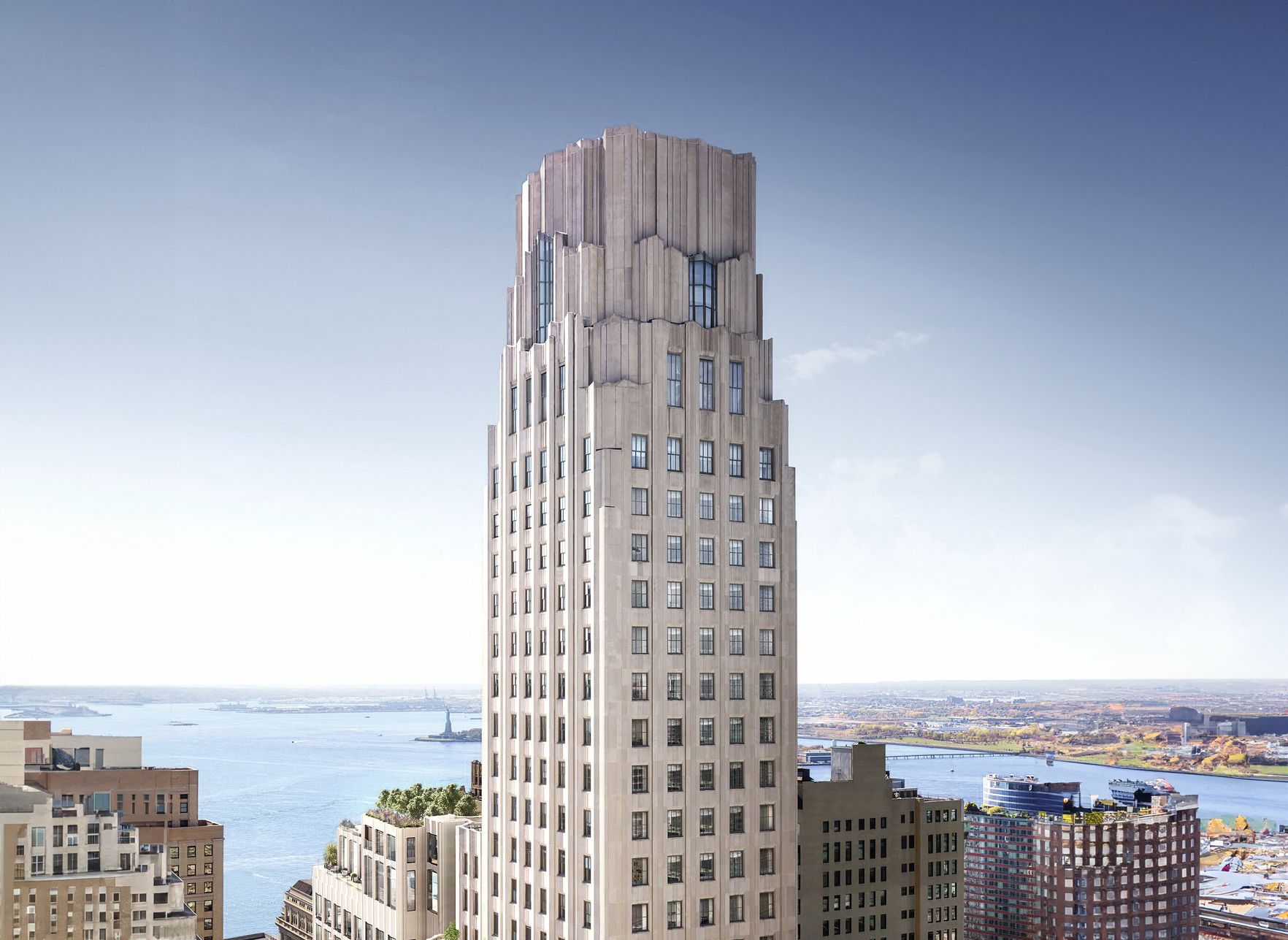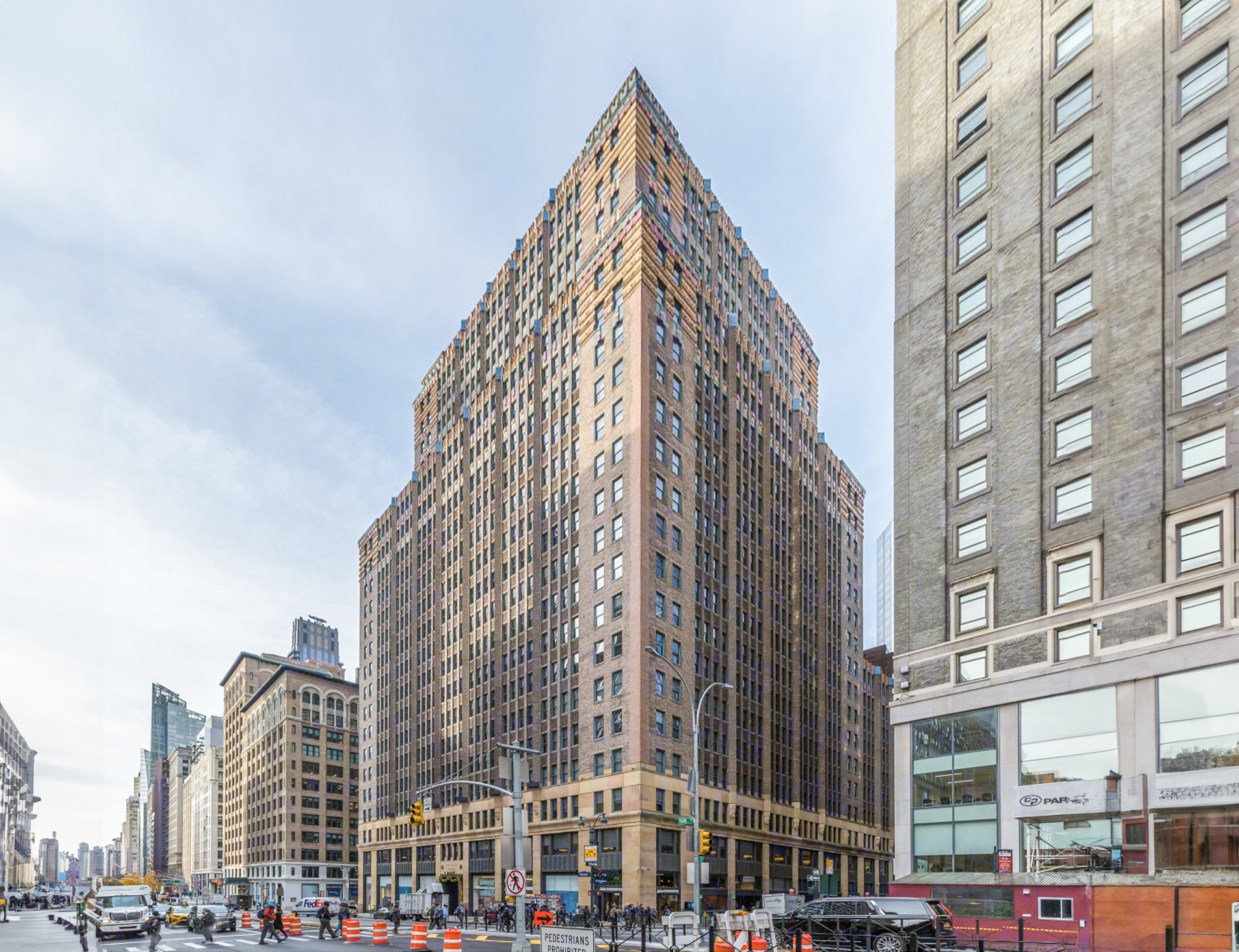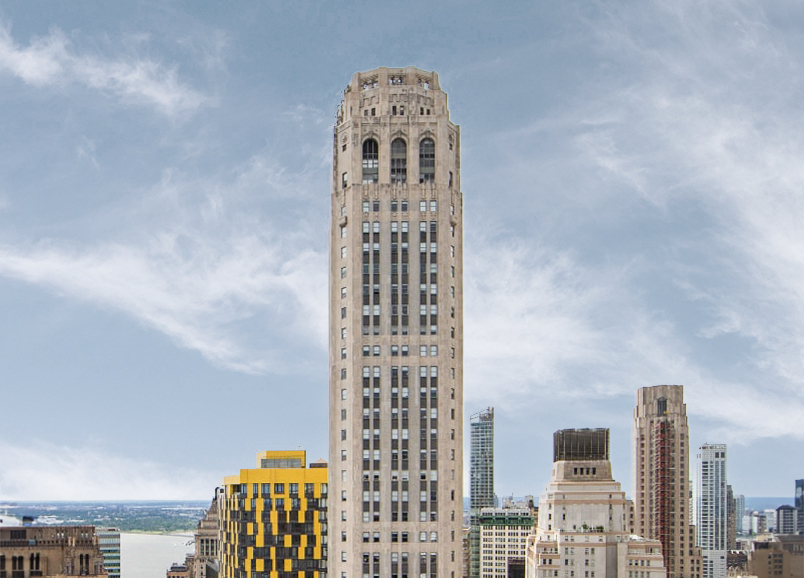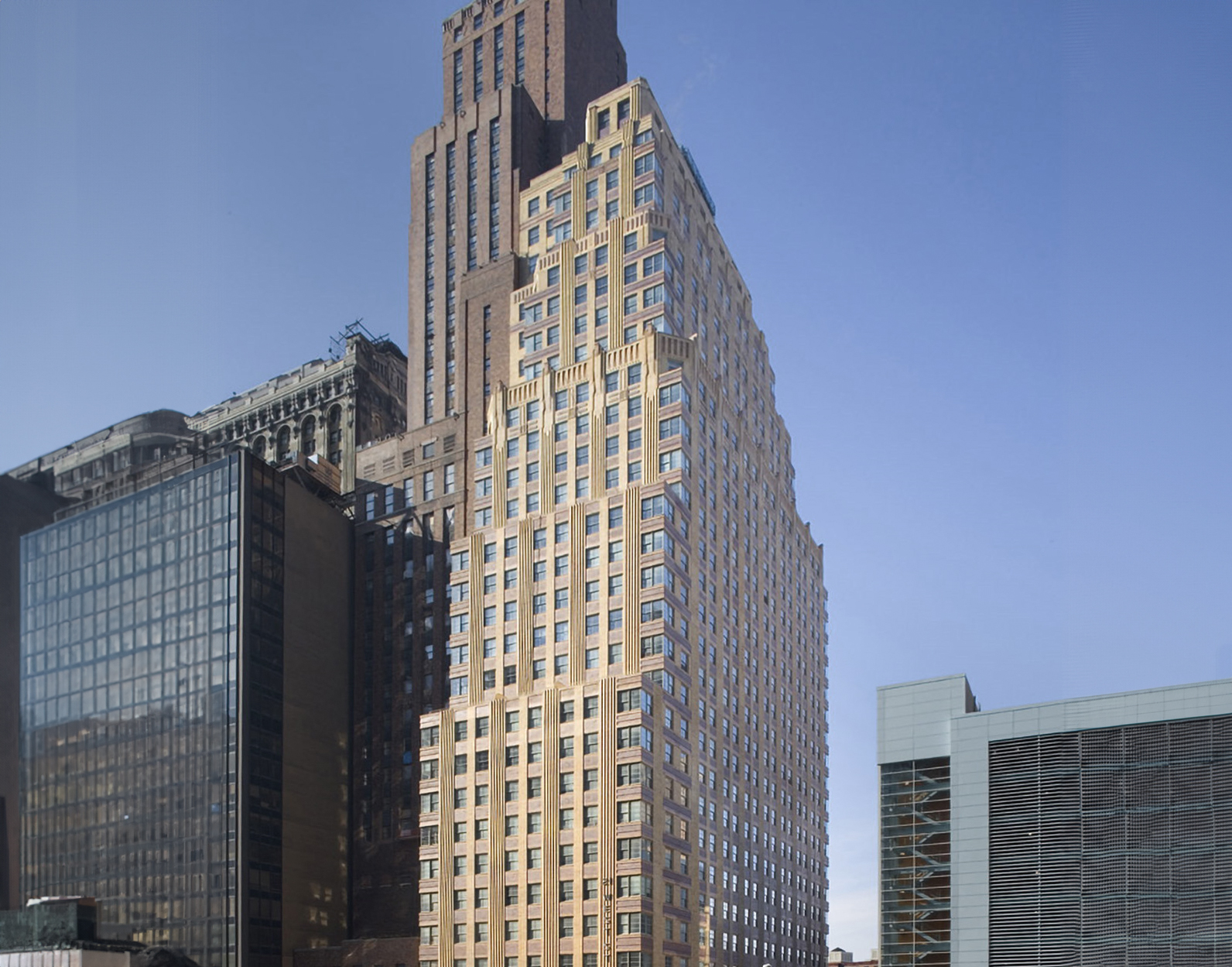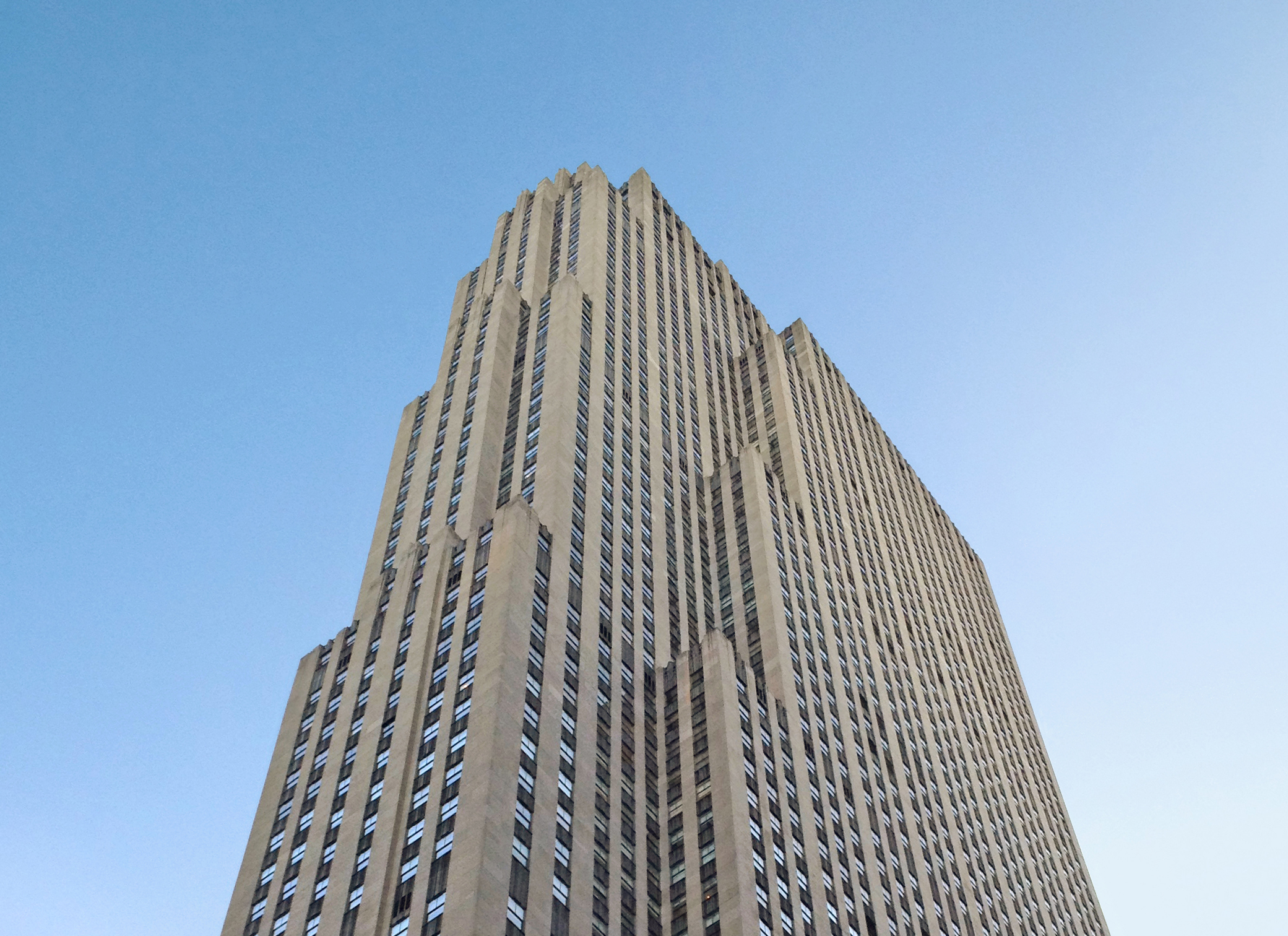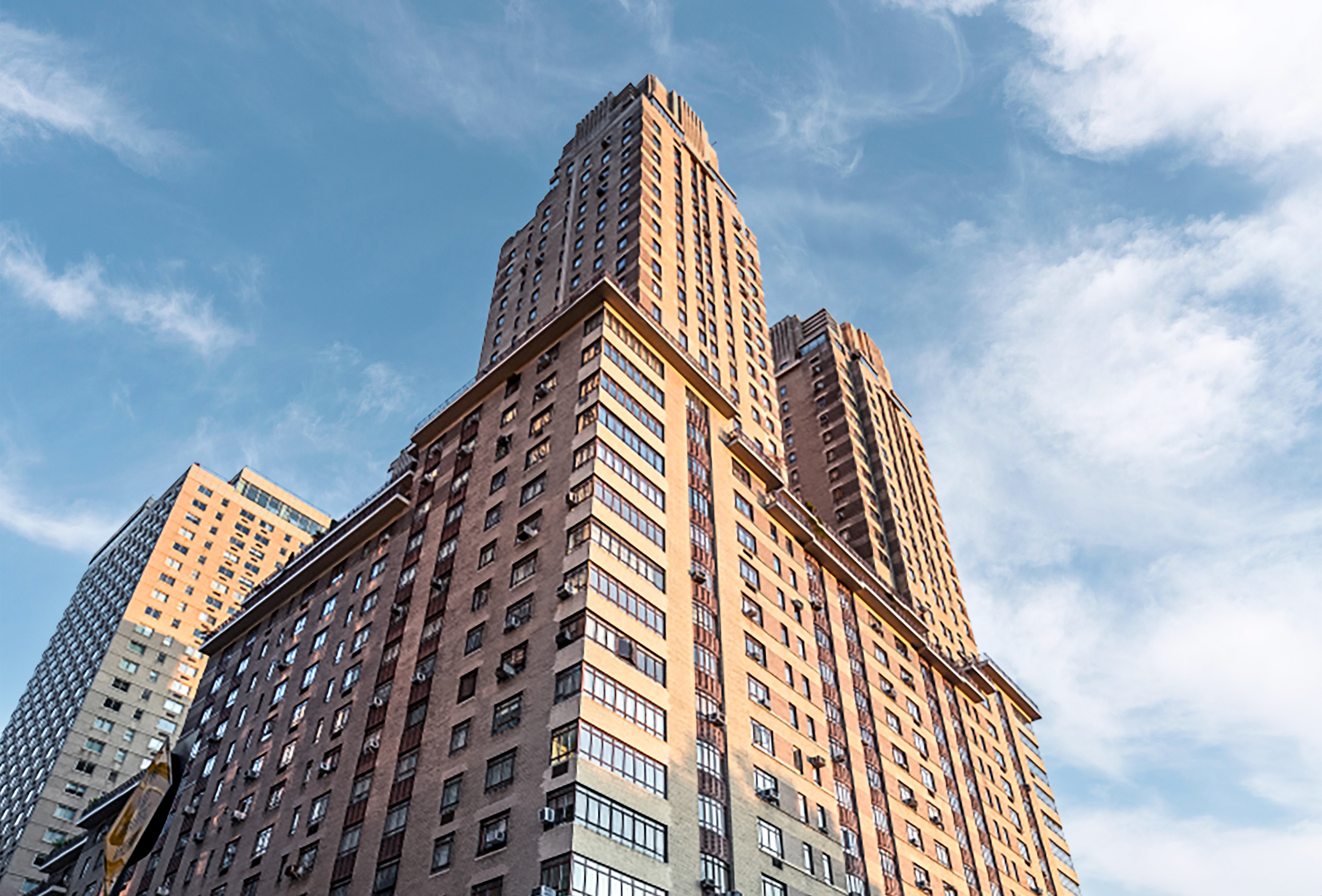The The Majestic Building is an Art-deco skyscraper designed by Irwin S. Chanin, and built between 1930 and 1931 in New York, NY.
The Majestic Building is not the only name you might know this building by though. It is common for companies to want to attach their names to iconic buildings when they move in, or for the general public to come up with nicknames, and this one is no exception. The building has changed names several times over the years, and is also known as:
- Majestic Apartments.
- from 1969 until this day.
- from 1999 until this day.
- from 2006 until this day.
Its precise street address is 115 Central Park West, New York, NY. You can also find it on the map here.
The The Majestic Building is a structure of significant importance both for the city of New York and the United States as a nation. The building embodies the distinctive characteristic features of the time in which it was built and the Art Deco style. Because of that, the The Majestic Building was officially declared as a national landmark on March 8th 1988.
At the time of its completion in 1931 the The Majestic Building incorporated solutions that were quite advanced at the time, these included a 76000 liter fuel tank and six water towers located on the roof.
The building has been restored 3 times over the years to ensure its conservation and adaptation to the pass of time. The main restoration works happened in 1952, 1980 and 1990.
